How building regulations may affect garden walls
Any walls that are not part of a house or extension are unlikely to be controlled by building regulations unless these provide support to the foundations of another building.
Many local councils will have restrictions on the height of walls and fences and you should check with your local Planning team before you start any work. General planning advice can be found here.
Building regulations approval is not generally required for landscaping but beware that if you are removing large amounts of earth you may need to build a retaining wall and you will need advice from a competent structural engineer.
These garden walls, when built well to the correct standards, can provide an attractive and safe environment with the aims of improvements in security and privacy; however, LABC teams across the UK do get called out to too many incidents where existing garden walls fail and present a danger to the public.
Collapsed boundary wall. Picture courtesy of structural-safety.org
If you build a retaining wall within 3.7m of a street, the Highways Act 1980 requires you to seek approval from the local authority or if the road is adopted from the relevant Highway Authority.
Whilst retaining walls and freestanding walls may not require building regulation approval there is guidance to ensure they are built to a good standard.
Retaining walls (up to a maximum height of 1.725m)
Retaining walls can be tricky to build as they need to be strong enough to resist horizontal soil pressure where there are differing ground levels. One of the things you must get right is the thickness of the wall.
Whilst retaining walls should be designed by a competent structural engineer, BRE has useful guidance which provides rules of thumb for thicknesses of walls up to a maximum retained height of 1.725m.
Image courtesy of BRE Good Building Guide GBG 27 – building brickwork or blockwork retaining walls, November 1996
Important points about retaining walls:
- You also need to consider the effect of ground water, which can create huge pressure on the wall and soak the brickwork if allowed to accumulate behind. Create a way out for the water by adding a gravel trench and pipes through the wall.
- If not properly constructed, water can also penetrate the brickwork structure from above through the mortar joints, affecting the long-term durability of the retaining wall. So add capping/copings, which must always be F2, S2 (frost-resistant low soluble salts), with an overhang and drip groove to minimise water damage.
- Use a high-bond damp proof course below the capping/coping and sandwich the DPC in mortar.
- Don't forget to include movement joints in the wall. These should be continuous for the full height of the wall. For lateral stability, slip ties should be incorporated at movement joints and wherever a freestanding wall abuts a building.
- Waterproof the retaining side of the wall and allow water to drain away from this side through weep holes/pipes.
- Slope paving away from the wall and provide gravel drainage strips where possible.
- Don't forget to protect waterproofing from damage while you’re building.
Free-standing walls
The Department for Levelling Up, Housing and Communities (DLUHC) has useful guidance on free-standing garden walls.
Image courtesy of gov.uk
The zone diagram/table is based on wind speed distribution across the UK, reflecting the strength of wind the further north and west the wall is being built.
The heights and widths for these walls may not apply if the wall is:
- Adjacent to a vehicle access area
- Adjacent to a public right of way
- Where busy traffic areas are likely
- Close to a medium (4 storeys) or high-rise building (nearer than a distance equal to the height of the building)
- On the crest of a hill or where the slope of the ground is greater than 1:10
- Near an extensive hill or mountain range
- Intended to support a large gate or door
- Where the sub soil is soft (soft clay or peat) or unstable (e.g. poorly compacted filled ground)
- Where the difference in ground level between each side of the wall exceeds twice the wall thickness
Further reading
- The Institute of Structural Engineers has information about preventing the collapse of free-standing masonry walls (cross-safety.org) (PDF format)
- BRE Good Building Guide GBG 27 – building brickwork or blockwork retaining walls, November 1996, Building Research Establishment, ISBN 1-86081-105-1, Published by IHS-BRE.
- BRE Good Building Guide GBG 13 – Surveying brick or blockwork freestanding walls, April 1992, Building Research Establishment, ISBN GG13, Published by IHS-BRE.
- BRE Good Building Guide GBG 14 – Building simple plan brick or blockwork freestanding walls, Mat 1994, Building Research Establishment, ISBN GG14, Published by IHS-BRE.
- Brick Development Association.
- The do's and don'ts of freestanding brick walls.
- The danger of free-standing walls.
Please Note: Every care was taken to ensure the information was correct at the time of publication. Any written guidance provided does not replace the user’s professional judgement. It is the responsibility of the dutyholder or person carrying out the work to ensure compliance with relevant building regulations or applicable technical standards.
This article was reviewed and updated on 10 August 2023
Sign up to the building bulletin newsletter
Over 48,000 construction professionals have already signed up for the LABC Building Bulletin.
Join them and receive useful tips, practical technical information and industry news by email once every 6 weeks.
Subscribe to the Building Bulletin
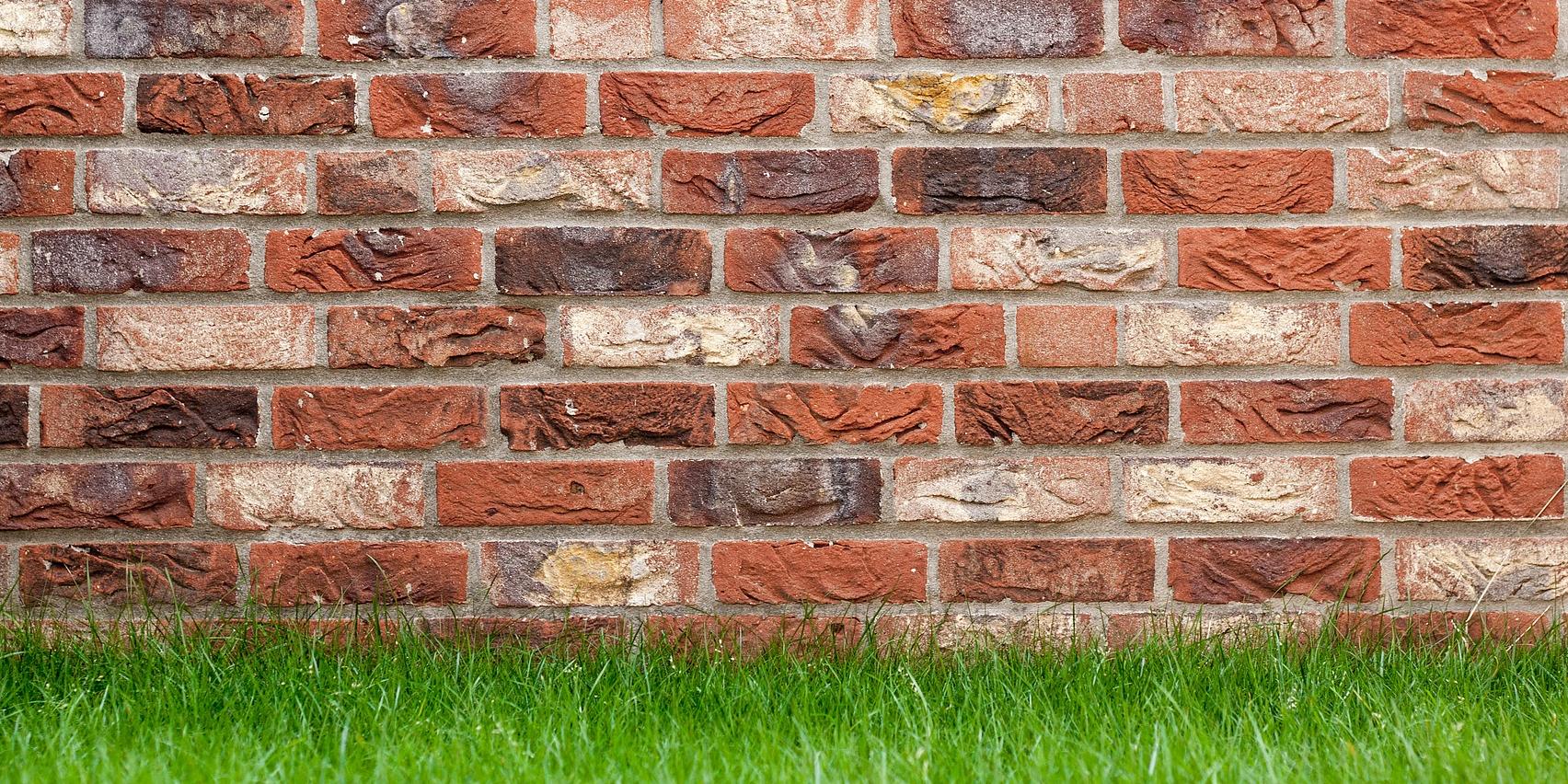
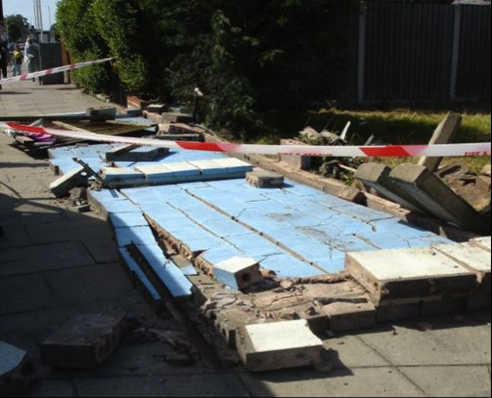

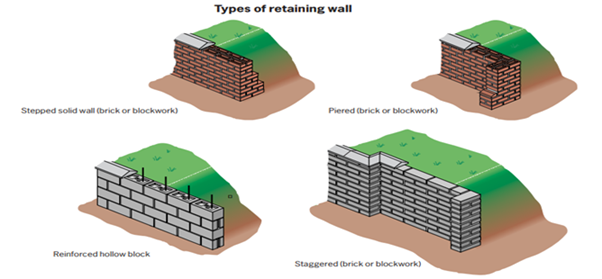
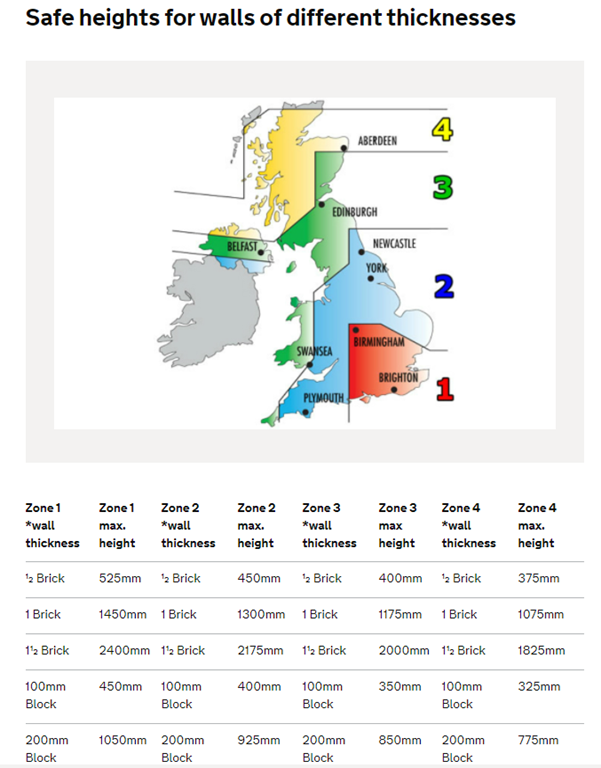
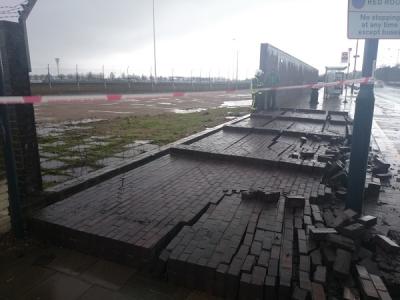
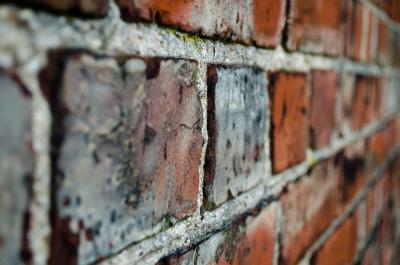
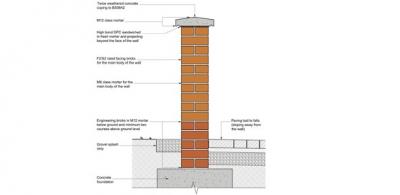
Comments
LABC Response
Submitted 1 year 4 months ago
The matter of ownership is not a matter that LABC would be able to comment on as it is a matter of civil law. In general terms boundary walls are jointly owned. If your title deeds and land registry document documents are not clear and if you are in dispute with your neighbour, then we can only advise you to get independent advice from a party wall surveyor.
Best,
LABC Team
Wall
Submitted 1 year 5 months ago
LABC Response
Submitted 1 year 4 months ago
The heights shown in the diagrams are governed by foundation, the thickness of the wall and the height of the retained soil, any increase in height is outside the scope of the BRE guidance note and therefore you would need to seek the advice of a structural engineer.
Best,
LABC Team
Local authority
Submitted 1 year 4 months ago
LABC Response
Submitted 1 year 4 months ago
LABC provides general advice in regards to Building Regulations, however we are unable to comment on specific projects and therefore you will need to seek your own advice from a party wall surveyor as this is a civil matter and not part of the building regulations.
Best,
LABC Team
Is retaining wall required?
Submitted 1 year 4 months ago
Is this we're the 35% comes in please?
LABC Response
Submitted 1 year 4 months ago
Thank you for your enquiry. We are unable to advise if a retaining wall should be provided in a given situation, you will need advice from a competent structural engineer.
Best,
LABC Team
Retention wall
Submitted 1 year 3 months ago
LABC Response
Submitted 1 year 2 months ago
You will need to contact your local council in terms of the appearance of the wall for either planning permission or conservation area consent. . A retaining wall that is not part of the dwelling/ building is not a matter for building regulations, as outlined in the article.
Best,
LABC Team
Brick retaining wall
Submitted 1 year ago
Add new comment